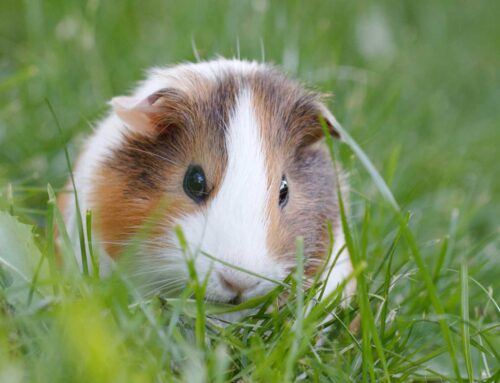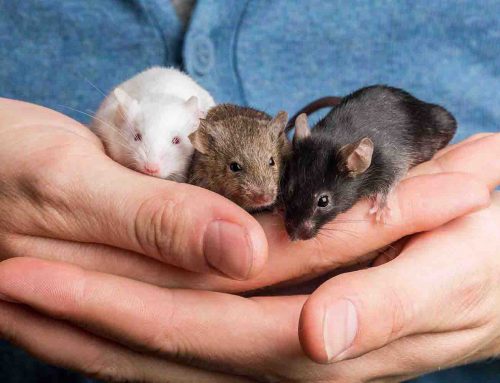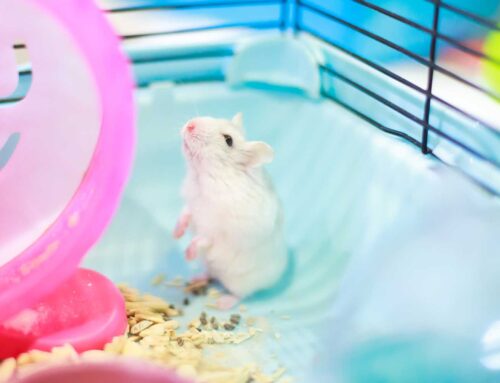Rabbits are great pets that have character, are extremely sociable, enjoy the company of humans and are a great way of introducing young children to pet ownership. They are quiet, clean and are easily toilet trained.
While rabbits love company, they can be left alone during the day and are therefore suitable for people who work or are away from home. A predator-proof enclosure to ensure their safety is essential. An appropriate enclosure is a hutch that is divided into two connecting compartments, one a wire mesh to allow access to natural light and fresh air, while the other is enclosed to provide protection against weather and a secure sleeping place. The floor of your rabbit’s hutch should be covered with newspaper and on top a layer of bedding material like straw, grass, hay or shredded paper for warmth, comfort and to prevent pressure sores on your bunny’s feet. Consider extreme weather conditions and ventilation when choosing a location for your hutch. Rabbits are extremely sensitive to the hot summer temperatures we experience in Australia and may die of heat stroke if their hutch is not in a cool, shady position (18 – 22 degrees Celsius is ideal). Mosquito mesh covering the cage can help protect against the spread of Myxomatosis in summer.
Rabbits should have at least two hours outside of the hutch for exercising each day. Handling them will also be of benefit in keeping them tame.
Using a firm brush to remove dead hairs, tangles and pieces of garden matter should form part of your daily routine.Grass seeds can commonly become stuck in their eyes, ears and nose, causing irritation or even infection. Check your rabbit’s rear end daily to make sure it is clean and dry, if soiled it is very prone to fly strike.
Rabbits can be trained to use a litter tray and this should be changed daily to prevent urine scalding.
Feeding and nutrition is the most important factor in making sure your rabbit stays healthy. Many commercial rabbit foods don’t contain enough fibre (18 – 20% is required) and are too high in fats and sugars. Rabbits are herbivores so their diet should consist almost entirely of vegetable matter. Pellets and mixes can used for up to 10% of the diet.
- Grass or hay is an essential dietary component to ensure your rabbit’s health. Apart from providing a high fibre diet, chewing hay wears down their continuously-growing teeth and keeps them occupied, preventing boredom.
- Ideally, feed your bunny 85% hay and 15% veggies such as Asian greens (Bok Choy, Baby Bok Choy & Choy Sum), basil, beet tops, broccoli, brussel sprouts, carrot tops, clover, dandelions, endive, mint, parsley, radish tops, spinach & watercress (lettuce, cabbage & celery can cause diarrhoea).
- Treats such as fruits, root veggies (carrots), green capsicum and pellets should only be offered in small amounts (1 – 2 tablespoons per day per rabbit). Apples (without stems and seeds) are best but other suggested fruits are blueberries, melon, orange (without peel), pear, pineapple, raspberries (especially the leaves) and strawberries.
Fresh water should always be available using both a drip feed bottle and an open container.
Wooden rabbit chew toys can help prevent overgrown incisor teeth.
Routine veterinary care for rabbits includes vaccination against Calicivirus from 6 weeks of age and desexing (females can become quite aggressive when mature and are very prone to reproductive cancers). Like all animals, rabbits should have regular veterinary checks, especially to check their teeth and claws.
We welcome you to book an appointment or visit us to discuss how to keep your rabbit in optimal health.






